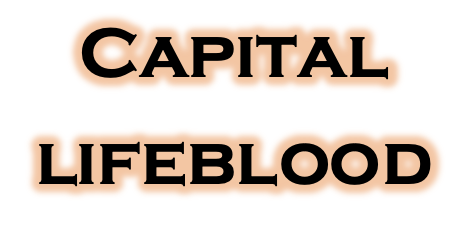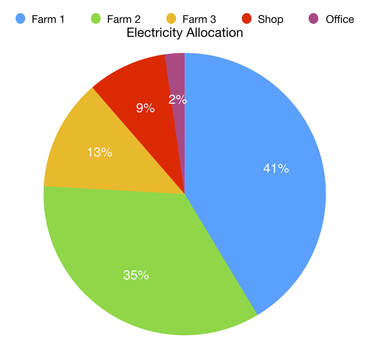Equity financing is the process of raising capital by selling shares of ownership in a business. This can be done through an initial public offering (IPO) or by selling shares to private investors. Equity financing has the advantage of not requiring repayment, as shareholders invest in the business with the expectation of earning a return on their investment through dividends or an increase in the value of their shares.
Debt financing is the process of borrowing money from lenders, such as banks or bondholders, with the agreement to repay the borrowed amount plus interest over time. Debt financing has the advantage of allowing a business to maintain full ownership and control, but it also carries the risk of default if the business is unable to make its loan payments.
Retained earnings are profits that a business has accumulated over time and kept within the company rather than distributing them as dividends to shareholders. Retained earnings can be used to finance operations, invest in growth, or pay down debt. Retained earnings have the advantage of not requiring the business to seek external financing, but they can also limit the ability of shareholders to receive dividends.
Each of these sources of capital has its advantages and disadvantages, and businesses must carefully consider which sources of capital to use and in what proportions. Equity financing may be more suitable for startups or high-growth companies, while debt financing may be more appropriate for established businesses with a steady revenue stream. Retained earnings may be a good option for businesses with stable profits and a desire to maintain control over their finances.
In conclusion, the three sources of capital – equity, debt, and retained earnings – are critical to the success of any business. Business owners must carefully consider the advantages and disadvantages of each source of capital and determine the optimal mix to meet their financial needs while also minimizing risk. With the right sources of capital in place, businesses can invest in growth, cover their expenses, and achieve long-term success.







 RSS Feed
RSS Feed